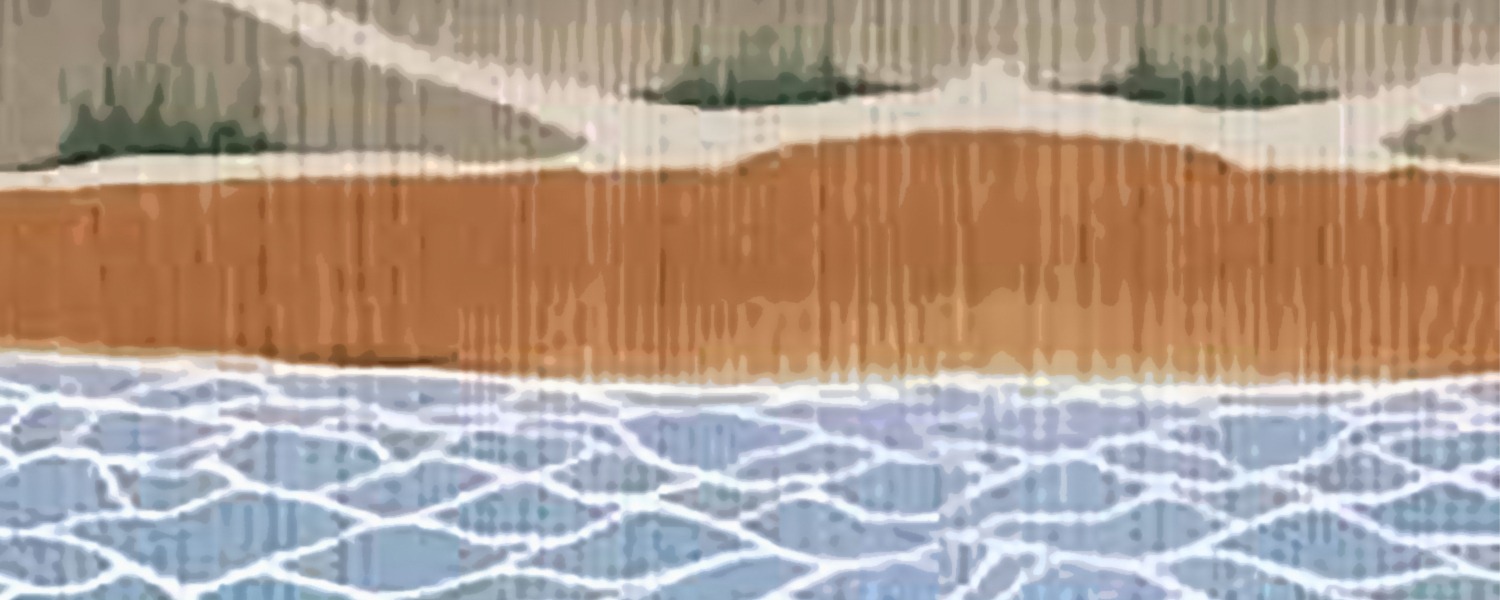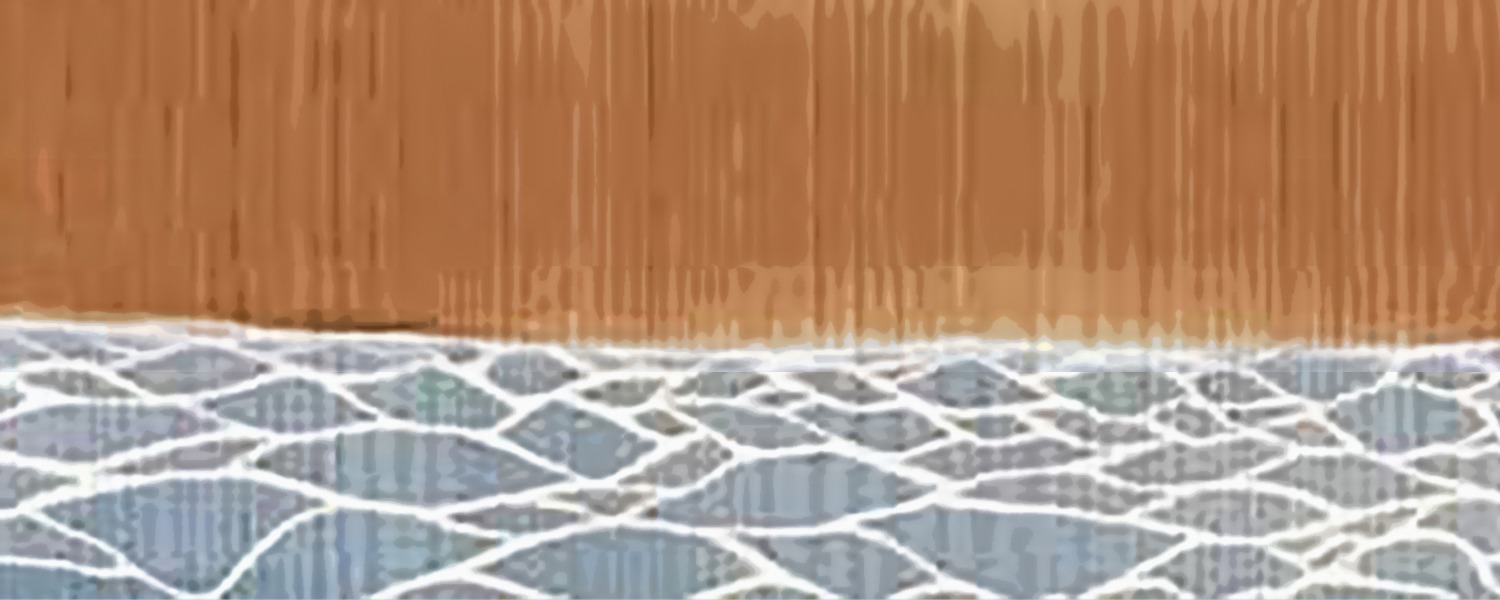Cet article est uniquement disponible en anglais.
**UPDATE – On February 26, 2015, the Supreme Court of Canada denied leave to appeal this decision. This means that the Ontario Court of Appeal’s judgment stands and remains the leading case on this subject.
Ontario Court of Appeal Takes a Few Digs at the Doctrine of Discovery and the Indian Act (while clarifying On-Reserve Debt Enforcement)
The Ontario Court of Appeal recently released an important judgement in Tyendinaga Mohawk Council v. Brant. The unanimous decision, penned by LaForme J.A., not only confirms the legal ability of band councils to settle debts owed to bands by band members, is also provides a brutally honest assessment of the Indian Act and its underlying policies, including the doctrine of discovery. The judgment exposes the paternalistic and racist foundations of the Indian Act regime. This is significant coming from a unanimous holding of the highest court in Ontario. The judgment has the potential to be useful in a future legal challenge to the Indian Act regime or as a political tool to change the status of First Nations in Canada’s constitutional order.
[**A note on the language that follows: At the outset of the Ontario Court of Appeal’s judgment the Court clarifies that it is using the language of the Indian Act to avoid confusion and thus, where it uses “Indian”, band, etc. instead of “Aboriginal”, “First Nation”, etc. it is doing so not out of disrespect, but to be true to the language of the legislation. This blog posting proceeds on the same basis.]
Synopsis
The Tyendinaga Mohawk Council v. Brant decision offers clarity on the jurisdiction of provincial superior courts to hear matters involving the Indian Act and clarifies how Indian Act provisions that prohibit the seizure of property and reserve lands apply to a band’s attempt to seize Certificates of Possession (“COP”) of reserve land. For First Nation governments, the decision is important because it makes clear that obtaining a Superior Court order for seizure of a COP is a legitimate method of enforcing a debt owed by a band member. This resolves a previously contentious issue.
On a broader level, what makes the unanimous judgment particularly interesting is its overt indictment of the Indian Act as a colonial tool of assimilation. In his judgment LaForme, J.A. (the first Aboriginal judge on Ontario’s Court of Appeal) undertakes a thorough review of the historic colonial policies underlying the Indian Act framework and leaves no doubt that the regime is, at its core, racist and paternalistic. In its refreshingly honest assessment of the Indian Act and its predecessor policies, the judgment in Tyendinaga Mohawk Council is likely singular among any judgment in Canada. While most of the Court’s commentary on the Indian Act is obiter dicta (of less legal precedential value than the core of the judgment) it provides significant openings for future challenges to the Indian Act regime and the policies that it is founded upon.
The Issue
The issue in Tyendinaga Mohawk Council stemmed from a conflict between an individual member of a band (Miracle), and the band government. The band government obtained an injunction, a damages award, and a significant costs award against Miracle and another band member who did not appear on appeal. In order to enforce the judgment, the band took out a writ of seizure and sale of reserve properties for which Miracle held COPs. Some legal wrangling ensued and ultimately the band brought a motion to enforce the transfer of the COPs.
The motion judge ordered Miracle to complete any documents necessary to transfer the COP to the band and that, if he failed to do so, he would be deemed to have consented to and authorized the transfer. The sale of the COPs were to be sold according to the provisions of the Indian Act and, as such, the Minister of Aboriginal and Northern Affairs would have to consent to the transfer of possession of reserve land.
The Appeal
Miracle appealed the motion judge’s decision on two grounds. First he argued that the motion judge erred in finding that the Ontario Superior Court of Justice had jurisdiction to order the band member to transfer the COPs because provinces have no jurisdiction over reserve lands. Second he argued that the motion judge erred in holding that COPs are either real or personal property (the motion judge held that he was not required to decide which) of an Indian situated on a reserve and are therefore subject to seizure by the band. The Court of Appeal rejected both of these arguments and upheld the motion judge’s order.
The Superior Court has jurisdiction to order the transfer of COPs to a band
Miracle argued that provincial legislation cannot apply to a right of possession of reserve lands. The Court of Appeal rejected this argument, holding that the provincial law did not, “oust jurisdiction from the Superior Court to transfer Certificates of Possession pursuant to the Indian Act or equitable principles such as mandatory injunctions”. The Court of Appeal confirmed the Superior Court’s inherent jurisdiction to hear all cases so long as an exception has not been carved out by Parliament. The Court of Appeal ultimately held that the provincial Superior Court was legally able to order Miracle to take the necessary steps to transfer his COP to the band, as this was consistent with the Indian Act and provided a method for the band to enforce a debt owed to it by a band member.
A COP is either real or personal property situated on a reserve and is subject to seizure by a band
Miracle also argued that s. 29 of the Indian Act, which prohibits the seizure of reserve lands by legal process with no exceptions, was applicable. He argued that s. 89(1), which prohibits seizure of real or personal property situated on reserve, but creates exceptions that allow other Indians or bands to seize property, was not applicable.
The Court of Appeal undertook a lengthy review of the history and policies underlying the Indian Act (discussed in more detail below) in its interpretation of the Indian Act s. 29 and 89 provisions. The Court of Appeal concluded that “the right of an Indian to possess reserve lands is a separate and distinct interest from ownership of the reserve land to which it relates.” It further observed that an Indian or band only retains a possessory right to use the land, as the underlying title to which a COP relates remains with the Crown. The Court therefore concluded that a band seizing an individual band member’s right to possess reserve land is not equivalent to a seizure of reserve land under s. 29. It went on to confirm that s. 89 prevents the interest in reserve lands from being diminished by larger society, but places no constraints on Indians to deal with this property amongst themselves.
Opening up vulnerabilities in the Indian Act and the Doctrine of Discovery
LaForme J.A.’s indictment of the Indian Act is perhaps the most interesting aspect of this judgment. The Court’s purposive and contextual interpretation of the Indian Act could not help but expose the legislation’s ugly underbelly. The judgment provides critical statements about the Indian Act regime and the underlying principle of “discovery” that may be of use in future challenges to both.
Poking Holes in the Doctrine of Discovery
LaForme J.A. begins his consideration of the Indian Act regime as stemming from the Royal Proclamation of 1763, which recognizes Aboriginal title (though LaForme, J.A. is careful to point out that jurisprudence recognizes that this title actually arises from the prior occupation of Canada by Aboriginal peoples). Central to the Royal Proclamation was the separation of Indian lands from other lands of the colonies. Indian lands were to be for the exclusive use and possession by Indians, and Indians could not transfer this land to anyone but the Crown.
LaForme, J.A. goes on to describe the character of Indian title, which he observes began with the British policy that “on discovery, the indigenous people were the rightful occupants of the land but with only a legal claim to retain possession and use of it.” In other words, they did not own the land, the colonial European governments did. He also observes that, in Guerin, Dickson, J. found that “the European claims to sovereignty were justified by the principle of discovery.” Importantly, LaForme, J.A. notes that the Supreme Court of Canada in its very recent decision in Tsilhqot’in did not comment on this principle of “discovery”. He also goes out of his way to note “parenthetically”, that the principle of discovery, bringing with it its “astounding” implications, has been criticized internationally as being an invalid legal principle. While LaForme, J.A. explicitly states that the issue of “discovery” is not before the court, his obiter statements, on behalf of a unanimous Ontario Court of Appeal, lend powerful ammunition to, and arguably serve as an invitation for, subsequent legal challenges directed at the doctrine of discovery.
Poking holes in the Indian Act
LaForme J.A.’s consideration of the Indian Act and the policies underlying and leading up to its creation is infused with his recognition that it was, “established for colonial purposes and objectives.” He observes that, “[t]he Act is widely recognized for controlling virtually everything that touches Indian people”, and “has long been universally labeled as paternalistic and a relic of past colonial practices”. He makes it clear that the parties are relying on the Act out of necessity and that at its core the appeal “is not about the appropriateness of the Indian Act legislation, nor any assertion of its being a mechanism of social control and assimilation of Indians.”
Some of the more important statements LaForme, J.A. makes in his judgment relate to the purpose and intention of Parliament in enacting the Indian Act. Because these observations are an important part of the analysis which leads to the Court’s ultimate conclusions, they are arguably not obiter dicta and so may have more weight than some of LaForme J.A.’s other statements. One such observation is that an intention and purpose of Indian legislation which eventually resulted in the Indian Act was “the assimilation of Indians into mainstream non-Indian society”. LaForme, J.A. also points out that the principles underlying the Indian Act were based upon the Crown’s perception of Aboriginal people as “legal wards of the state, and who were to be under the authority of their guardian, the government of Canada.” He notes that amendments to the Indian Act in 1951 gave control over Indians and their lands to the Minister of Indian Affairs, along with, “broad discretionary powers over the implementation of the Act as well as the daily lives of Indians on reserves” (para. 73).
LaForme, J.A. distills the purpose of the Indian Act and the intentions of Parliament relevant to the appeal including affirming three principles (at para. 77) which I have condensed for brevity:
- Title to Indian lands is always with the Crown, which owns the underlying fee simple that vested in the Crown upon discovery of the lands which today are Canada.
- Indian interest in lands in Canada is only the right to use and occupy them; it is not ownership in fee simple […] As reserve land is Crown land, it is inalienable to third parties except with the consent of the Crown.
- Indians are defined as legal wards of the state and under the authority of their guardian, the government of Canada. In furtherance of this, the government of Canada is vested with virtually full control and management of Indians and reserve lands. In this role, the government of Canada has prohibited encroachments upon Indian reserve lands and ensured that the real and personal property of an Indian or a band is not subject to charge, pledge, mortgage, attachment, levy, seizure, distress or execution in favour or at the instance of any person other than an Indian or a band.
By exposing the historical truths and the principles underlying the Act, the judgment cannot help but undermine Act’s legitimacy. The extent to which this assessment is useful in a future legal challenge to the Indian Act regime remains to be seen. However, it is impossible to read the judgment without getting a profound sense of the paternalistic and racist foundations of the Act. If nothing else, the judgment may be useful in the court of public opinion to emphasize the need to reconceptualise First Nations as sovereign peoples.
Related Posts

Dr Gehl wins appeal in Indian Act sex discrimination case
Cet article est uniquement disponible en anglais.
This morning, the Ontario Court of Appeal granted Dr. Lynn Gehl’s appeal in her challenge to sex discrimination under the Indian Act. Read…
La suite...
L’affaire Coastal GasLink et la mobilisation des chefs héréditaires Wet’suwet’en
Le dernier jour de 2019, la Cour suprême de la Colombie-Britannique a publié son jugement dans l’affaire Coastal GasLink Pipeline Ltd. v. Huson. La juge Church y accorde une injonction interlocutoire…
La suite...
Loi C-92 – Nouveautés en protection de la jeunesse autochtone
Loi C-92 – Nouveautés en protection de la jeunesse autochtone
Le 1er janvier 2020, une nouvelle loi fédérale, la Loi concernant les enfants, les jeunes et les…
La suite...
